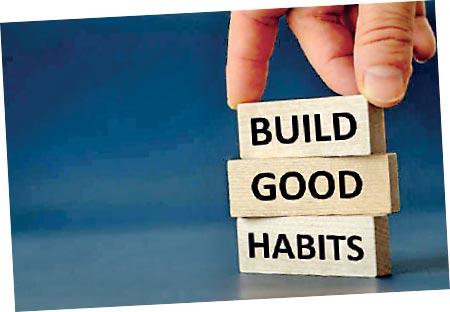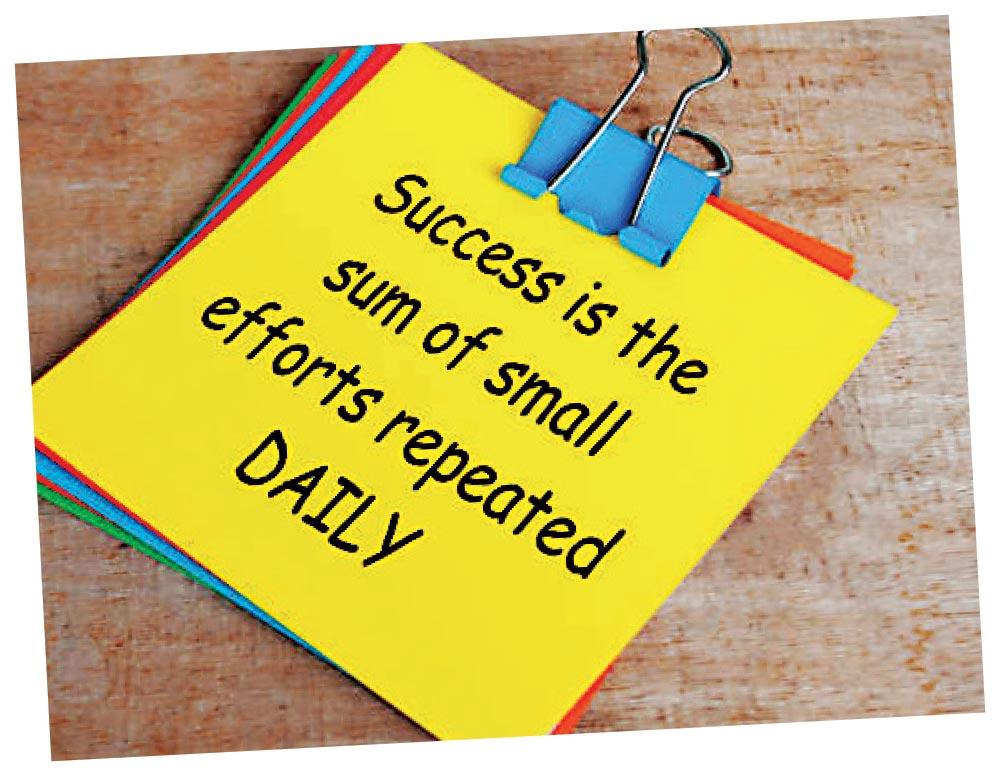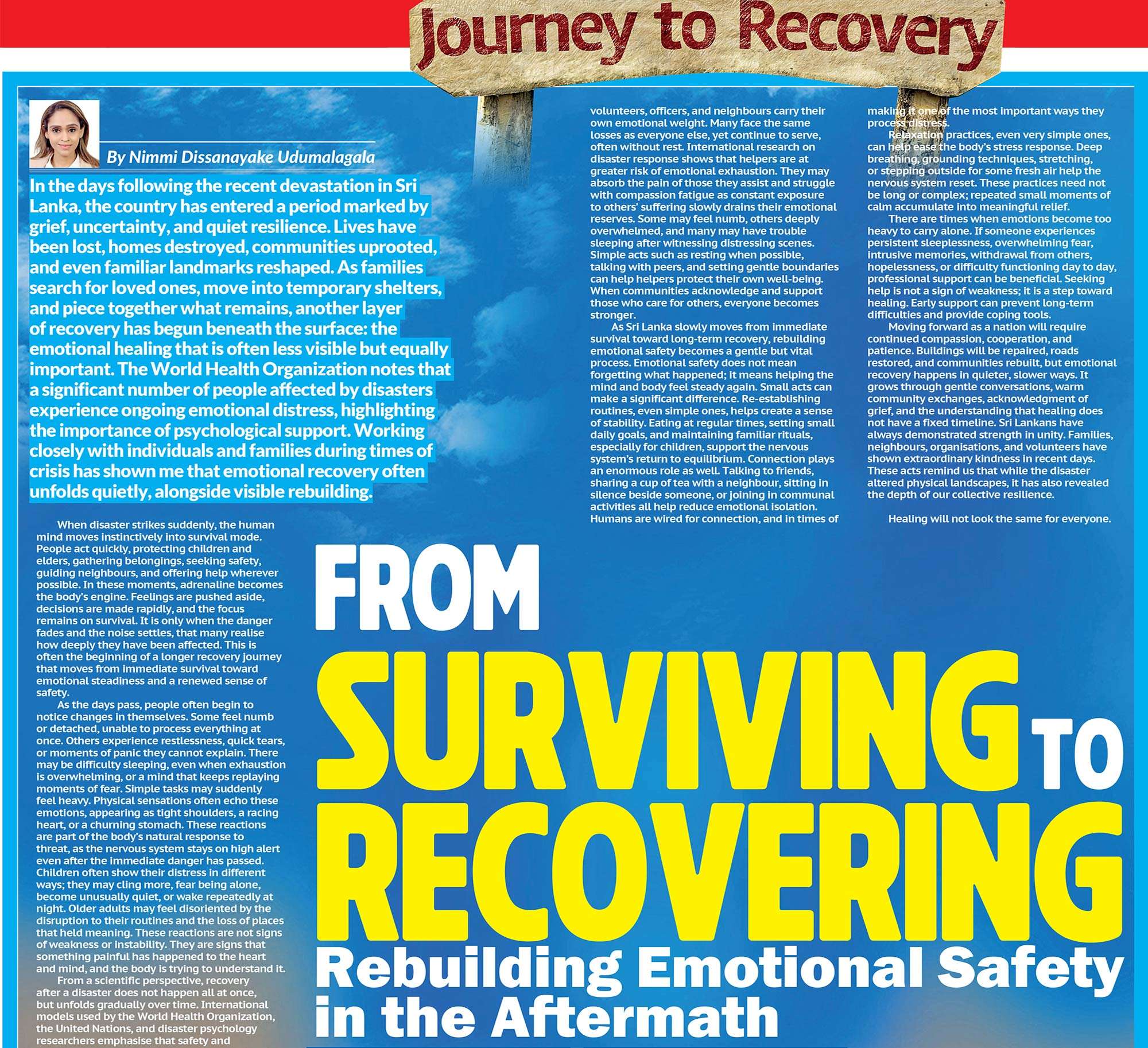
In an era dominated by quick fixes, self-improvement hacks, and viral social media trends, 30-day challenges have emerged as a popular method for cultivating new habits and transforming lifestyles. From fitness routines like the “30-day plank challenge” to digital detoxes and reading commitments, these month-long commitments promise meaningful change in a short time frame.
The appeal is simple: commit to something for just 30 days and reap long-term benefits. But the question remains, do these challenges genuinely help build lasting habits, or are they simply temporary, performative trends that fade as soon as the calendar flips? This essay will explore the psychological foundations of habit formation, the effectiveness of 30-day challenges, the role of motivation and social influence, and whether such practices translate into sustainable, long-term lifestyle changes.
The Psychology of Habit Formation: What Science Says
To assess the effectiveness of 30-day challenges, it is essential to understand how habits are scientifically formed. According to psychologist Dr. Phillippa Lally’s 2009 study from University College London, it takes an average of 66 days to form a new habit, although this can vary between 18 to 254 days depending on the complexity of the behavior and individual differences. This research undermines the popular notion that 21 or 30 days are universally sufficient to cement a habit.
Habits are not merely repeated actions, but automated behaviors triggered by specific cues. For a habit to stick, it must pass through three essential phases:
- The Cue: A signal that triggers the behavior.
- The Routine: The behavior itself.
- The Reward: A positive reinforcement that motivates repetition.
The limitation of many 30-day challenges is that they often focus solely on the routine, neglecting the importance of building consistent cues and deeply satisfying rewards. Without these, the behavior is unlikely to sustain itself beyond the challenge period.
Why 30-Day Challenges Are Popular: The Role of Instant Gratification
 Despite their psychological shortcomings, 30-day challenges thrive in modern culture because they cater to instant gratification and structured goals. Humans are naturally drawn to activities with clear boundaries and a defined end point.
Despite their psychological shortcomings, 30-day challenges thrive in modern culture because they cater to instant gratification and structured goals. Humans are naturally drawn to activities with clear boundaries and a defined end point.
In a fast-paced world where long-term commitments can seem overwhelming, 30-day challenges offer a manageable and attractive window for self-improvement. Moreover, social media has amplified their popularity. Instagram story templates, TikTok trends, and YouTube vlogs often encourage participation in “glow-up” or “discipline” challenges, creating a bandwagon effect. The public nature of these challenges provides an added layer of accountability and social reward, as participants feel validated when they share their progress online.
This temporary social validation, however, can sometimes undermine intrinsic motivation. Participants might be driven more by the desire for likes and comments than by a genuine commitment to long-term self-betterment. Once the social attention fades, so does the habit.

Success Stories: When 30-Day Challenges Work
Despite the criticism, it is undeniable that some 30-day challenges do lead to lasting changes. For example, many people who commit to a 30-day yoga journey or a vegan challenge often report continuing their new behaviors well beyond the initial time frame.
The key difference lies in why they chose to start the challenge. Research in motivational psychology, particularly Self-Determination Theory (SDT), suggests that habits are more likely to stick when they are driven by autonomous motivation, the desire to engage in a behavior because it aligns with one’s personal values, rather than external pressures.
When a participant begins a challenge with genuine curiosity or a deep personal goal (such as improving mental health or ethical living), the behavior is more likely to transition from a short-term task into an integrated part of their identity. For instance, someone who undertakes a 30-day journaling challenge to cope with anxiety may continue journaling after discovering its therapeutic benefits, while someone who journals just to complete the challenge may quickly abandon the practice.
The Habit Loop and the Missing Ingredient
Charles Duhigg, in his book The Power of Habit, emphasizes the importance of the habit loop—cue, routine, reward. Many 30-day challenges focus intensely on the routine (e.g., exercise, waking up early, meditating) without paying enough attention to identifying reliable cues or building satisfying rewards. For example, if someone commits to a “wake up at 5 a.m. for 30 days” challenge without establishing a bedtime cue or a rewarding morning ritual, they are more likely to revert to their old habits once the challenge ends. The routine, in isolation, does not lead to lasting change. In contrast, if a person couples the early wake-up time with a cue (like placing their alarm clock across the room) and a reward (enjoying a peaceful cup of coffee while reading), the habit loop strengthens. 30-day challenges often skip this critical step—habit stacking and reward association, which is why many people fail to maintain the habit after the initial enthusiasm wears off.
The Illusion of Transformation
 One of the risks of 30-day challenges is that they can create an illusion of transformation. People may feel accomplished for having “completed” a challenge, but in reality, they may not have developed the deeper systems, motivations, and routines required for permanent change. This is particularly evident in fitness challenges. Someone may complete a 30-day abs workout and notice temporary results, but without integrating this into a sustainable lifestyle, like balanced nutrition, regular movement, and rest—the results quickly fade. The short-term win masks the absence of long-term habit architecture.
One of the risks of 30-day challenges is that they can create an illusion of transformation. People may feel accomplished for having “completed” a challenge, but in reality, they may not have developed the deeper systems, motivations, and routines required for permanent change. This is particularly evident in fitness challenges. Someone may complete a 30-day abs workout and notice temporary results, but without integrating this into a sustainable lifestyle, like balanced nutrition, regular movement, and rest—the results quickly fade. The short-term win masks the absence of long-term habit architecture.
Additionally, failure to continue a habit post-challenge can lead to self-blame or demotivation. People might wrongly conclude that they lack discipline or willpower when, in fact, they simply lacked the proper habit-building strategy.
Social Media Pressure and Performative Habits
Social media, while useful for accountability, can often transform self-improvement into a performative act. When individuals publicize their 30-day journeys, they may begin to curate their progress for the audience rather than for genuine self-growth. This can lead to a “checklist mentality,” where completing the task becomes more about external validation than internal transformation. Moreover, the constant exposure to other people’s challenges can create comparison fatigue. If one person is doing a fitness challenge, another is doing a reading challenge, and yet another is on a financial discipline challenge, the audience may feel pressured to jump into challenges impulsively, without thoughtful consideration of whether these goals truly align with their personal needs or timelines.
When 30 Days Can Be Enough
That said, 30-day challenges can be a powerful starting point if approached with the right mindset. The 30-day window is often long enough to break inertia and overcome the initial resistance to new behaviors. Behavioral scientist BJ Fogg, author of Tiny Habits, emphasizes that even small, consistent actions can spark significant life changes. When designed properly, incorporating cues, stacking habits, building intrinsic rewards, and aligning with personal values, a 30-day challenge can create the momentum required to continue beyond the initial month. Additionally, incremental challenges, for example, repeating the challenge for another 30 days, or gradually increasing intensity, can lead to compounding success. Instead of viewing the 30-day window as an end point, it should be seen as a launch pad.
Conclusion: Are 30-Day Challenges Effective?
So, do 30-day challenges really build lasting habits? The answer is both yes and no. They can serve as catalysts, but they are not magic formulas. For a habit to stick, it requires more than repetition, it demands emotional buy-in, properly designed habit loops, consistent environmental cues, and rewarding experiences that make the behavior feel worthwhile in the long run. When people embark on 30-day challenges purely for social clout or as a form of self-imposed punishment, the results are often fleeting. However, when these challenges are pursued out of genuine curiosity, aligned with personal goals, and supported by mindful strategies, they can indeed spark life-changing habits. Ultimately, the success of a 30-day challenge depends less on the calendar and more on the individual’s mindset and systems. Long-term transformation is not about completing a month, it’s about building a lifestyle that continues to evolve beyond it. If treated as the first chapter rather than the whole story, 30-day challenges can be more than a trend; they can be a steppingstone to a better, more intentional life.












